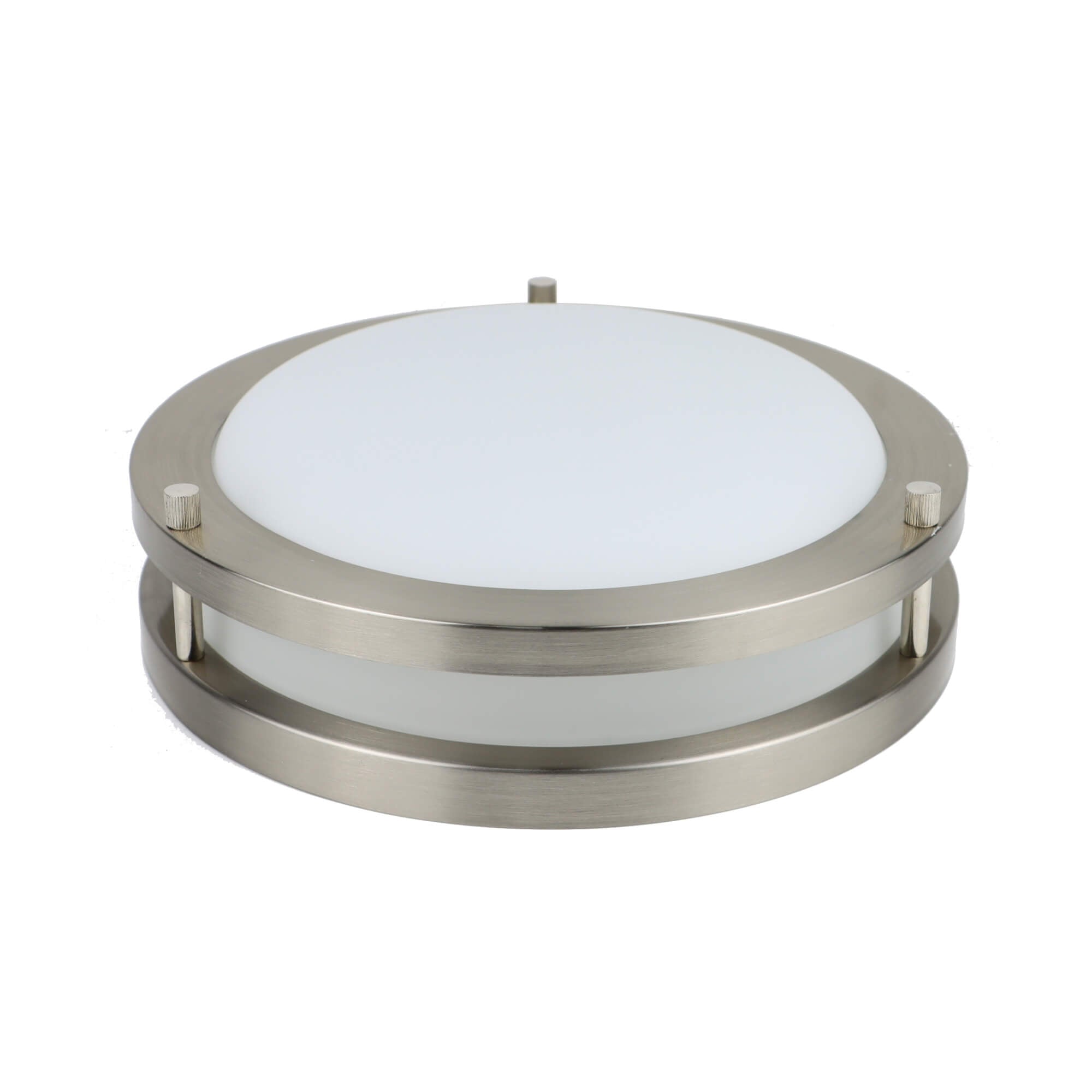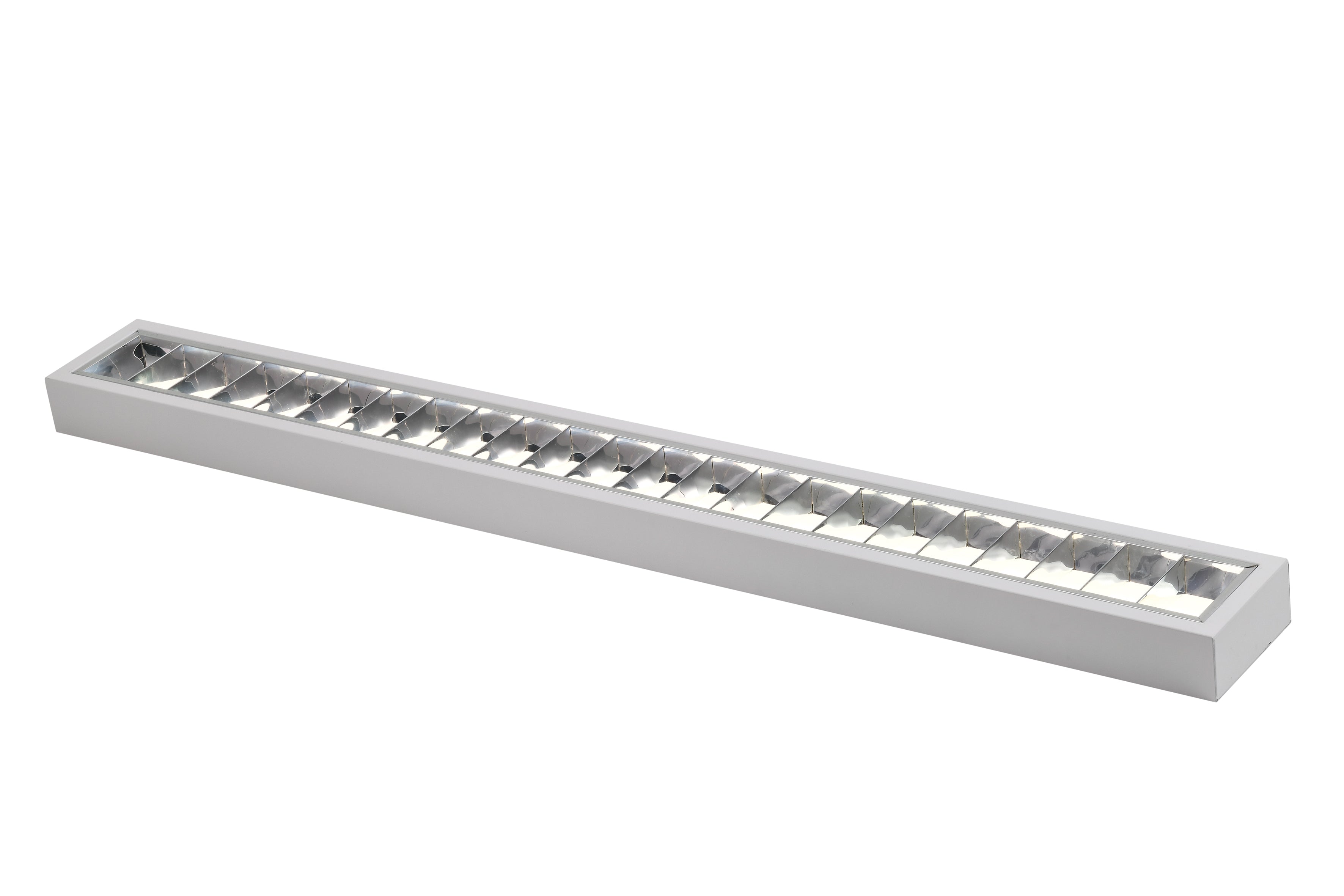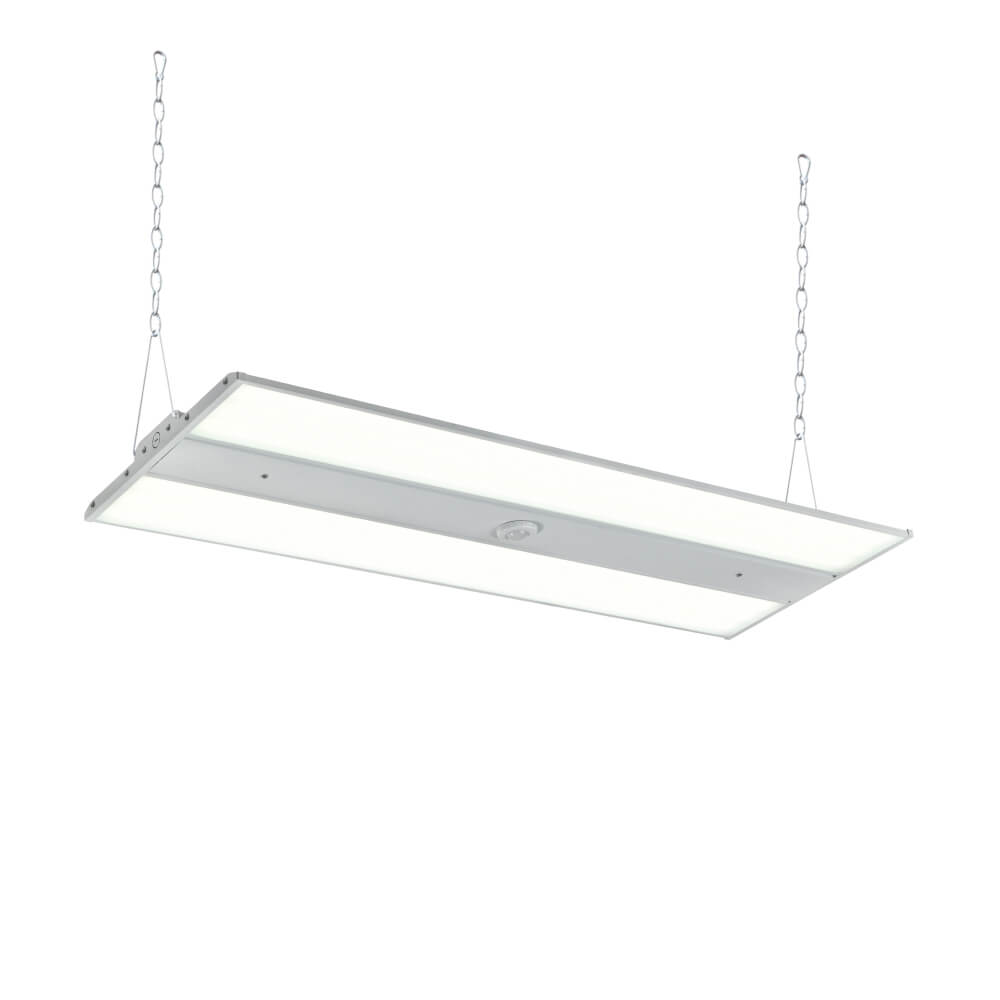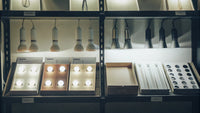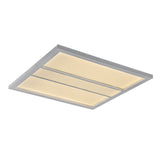Pitfalls of Buying LED Lights: How to Avoid Bad Purchases
In the age of energy efficiency and environmental consciousness, LED lighting has become synonymous with modern, cost-effective illumination. However, not all LED purchases end up being a bright spot in consumers' lives. This blog aims to shed light on how you can sidestep the common pitfalls associated with buying LED lights and ensure that your investment pays off.
Overlook LED Specifications
LED lights work differently than the traditional bulbs we grew up with. Instead of using a filament or a gas, they use tiny chips that light up when electricity is applied. When you're out shopping for LEDs, it's important to pay attention to the terms on the package. Firstly, brightness is now shown in lumens, not watts – this is how you tell how much light you'll actually get. Next, the color temperature, given in Kelvin, tells you what kind of glow to expect, from cozy warm tones to crisp cool shades.
There's also something called Color Rendering Index (CRI), which clues you in on how true-to-life colors will look under that light – the higher the number, the better. If you overlook these specs, you might end up with a light that doesn't quite work for your room. And remember, a lower wattage on an LED doesn't mean it's not as bright – these lights are just more energy-efficient. Higher wattage doesn't always mean brighter when it comes to LEDs, so don't be fooled by old ways of thinking about light bulbs.
Lack of Knowledge of Spotting Low-Quality LEDs
To avoid the frustration of a bad buy, it's essential to know the tell-tale signs of inferior LED lights. A common issue with these lesser-quality bulbs is inadequate heat management. LEDs aren't supposed to get hot, but without a good heat sink – that's the part that draws heat away from the bulb – they can overheat. This not only cuts down their expected life but can also be a safety hazard.
Another red flag is inconsistent lighting. If you turn on an LED and it flickers, hums, or gives off an uneven light, chances are it's not the best quality. These symptoms can make for an annoying experience, and in some cases, might even cause headaches or eye strain for sensitive individuals.

Don't Know Compatibility Issues
When you're excited about upgrading to LED lights, it can be a real letdown if they don't work right out of the box with your current lamps or light fixtures. The trouble could be a dimmer switch that's not compatible with your new bulbs, leading to an annoying flicker every time you try to adjust the light levels. Or you might find that the old ballast, which was fine for your fluorescent tubes, just doesn't get along with the new LED technology.
If you're thinking about swapping out those long fluorescent tubes in your kitchen or garage with sleek LEDs, there's another consideration: the ballast. These tubes often rely on an internal fixture component called a ballast to regulate the current. But with LEDs, you might not need that ballast at all. Some LED tubes are made to work with the existing ballast ('plug-and-play'), while others will require you to remove or bypass the ballast ('direct wire' or 'ballast bypass'). Getting this wrong can mean no light at all, so it's worth double-checking before you buy. To make sure you don't end up scratching your head in a dimly lit room, read the packaging and check your fixtures carefully
Fall into Cost Traps with LED Investments
What many people miss when they pick out LEDs is that the true cost isn't just the number on the price tag. Going for the cheapest option on the shelf can seem like a smart move at first glance. However, this decision might come back to bite you when those bulbs start failing way before their time. Before you grab the cheapest LED bulb from the store, stop and consider a few things:
- Energy Efficiency: Check the wattage and estimated energy cost per year listed on the package. A bulb with a slightly higher price but lower energy use could save you more money on electricity.
- Longevity: Look for how many hours the bulb is expected to last. A good-quality LED light should keep shining for thousands of hours, meaning you won't have to replace it as often.
- Warranty: Does it come with a guarantee? A longer warranty period can be a sign of a more reliable bulb that won't need a premature replacement.
Did Not Make Good Use of Warranty and Support Services
Decoding the Fine Print in LED Warranties
Not all warranties are created equal. When you're comparing LED lights, take a closer look at what the warranty actually covers. Some might cover any defects for a year or two, while others might last even longer. Watch out for the below:
- Length of Coverage: How long does the warranty last? A longer warranty often means the manufacturer is more confident about their product's performance.
- Terms and Conditions: Are there specific actions that could void the warranty? Sometimes things like using the bulb in an enclosed fixture or with a non-compatible dimmer switch might not be covered.
- Replacement Policy: If the bulb fails, what will the company do about it? Find out if you'll get a brand-new replacement or if it's prorated (meaning you might get only a partial refund or credit based on how long you've had the bulb).
- Service and Support: Check out how to make a claim. Is there an easy-to-reach customer service team? Can you handle everything online, or do you need to keep your receipt and original packaging?
Why Customer Support Matters
Good customer support can turn a frustrating experience into a solved problem. Tips for when you need assistance:
- Save Your Receipt: Most warranty claims will require proof of purchase, so keep your receipt somewhere safe.
- Reach Out Sooner Rather Than Later: If you notice any issues, don't wait. Contact customer service right away to avoid missing the warranty period.
- Ask Questions: If anything about the warranty isn't clear, ask. It's better to understand your coverage upfront than be surprised later on.
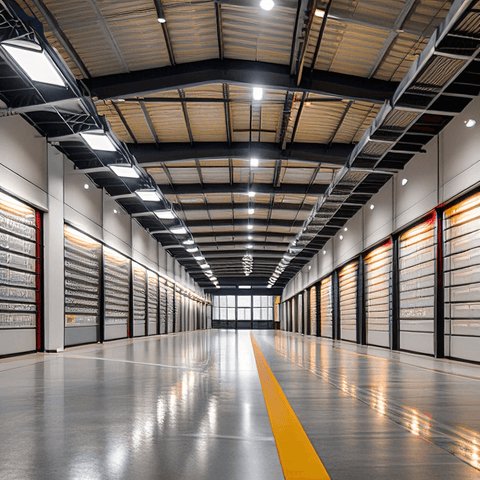
Fail to Put Environmental and Health into Consideration
Beyond functionality and cost, it's essential to consider the environmental and health impact of your LED lights. Low-quality options could contribute to electronic waste or contain harmful substances.
Looking for Green Certifications
You can spot eco-friendly and health-conscious LED options by checking for certain badges of honor like ENERGY STAR or RoHS (Restriction of Hazardous Substances). These aren't just fancy stickers – they mean the product meets strict rules about energy efficiency and avoids using nasty chemicals that could harm the environment and your well-being.
Understanding the Health Side of LEDs
While you might not see it with your eyes, sub-par LEDs can flicker super fast, and that invisible flutter can cause annoying headaches or make your eyes tired without you even realizing why. On the flip side, top-notch LEDs provide a steady stream of light without the hidden strobe effect, making them more comfortable to use over long periods, whether you're reading, working at your desk, or cooking up dinner.

Smart Shopping Tips for LED Lights
Dig Deep with Research and Reviews
Take some time to dig into what real users are saying about the LED bulbs you're considering. Look beyond the manufacturer's claims by checking out online reviews and discussions. Keep an eye out for comments on brightness, true color rendering, and longevity – these are good indicators of how satisfied you might be with your purchase.
Double-Check Those Certifications
It's easy to spot certifications like ENERGY STAR, RoHS, or others on LED packaging, but it's smarter to confirm they're legit. False claims aren't common, but they do happen. You can usually verify the certification by going to the certifying body's website and looking for the product or manufacturer. This step might seem like extra work, but it ensures that the product lives up to environmental and safety standards.
Try One Before You Buy a Bunch
If you're planning to outfit your entire home or office with new LEDs, start with a single bulb as a test run. Install it in a fixture you use often to get a feel for the light quality, brightness, and compatibility with dimmers or timers if you use them. If that one bulb checks all your boxes, you'll feel more secure buying more to complete your switch to energy-efficient lighting.
Conclusion: Embracing LED Lighting Wisely
Switching to LED lights is a smart choice for brighter homes and offices, not to mention it's kinder to the planet. Look beyond the price tag to the specifications, longevity, and backing offered by the manufacturer. With the right approach, the switch to LED lighting is easy and rewarding. It gives you the best light while being kind to your conscience and your wallet.
